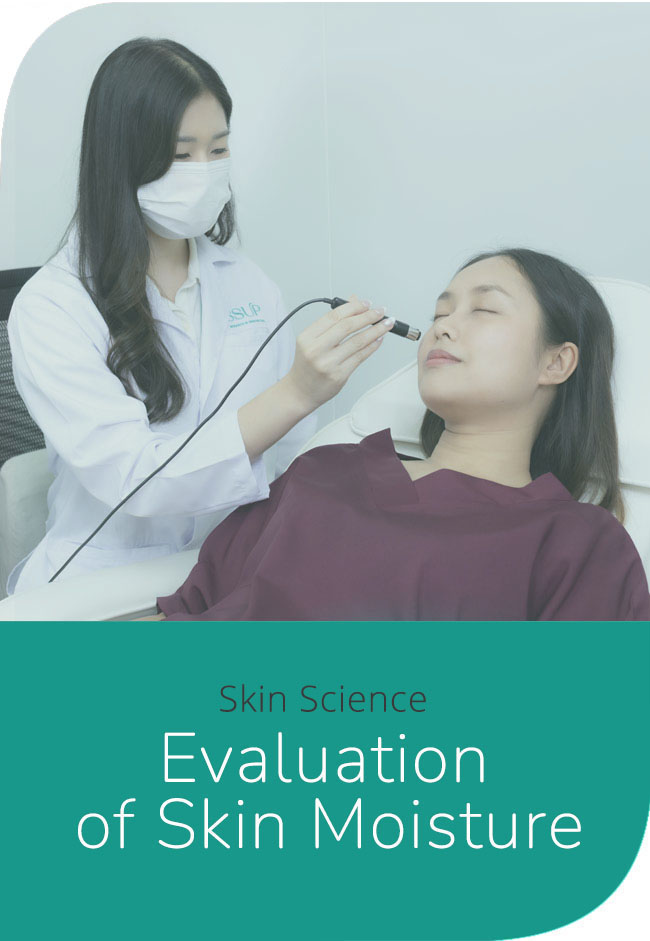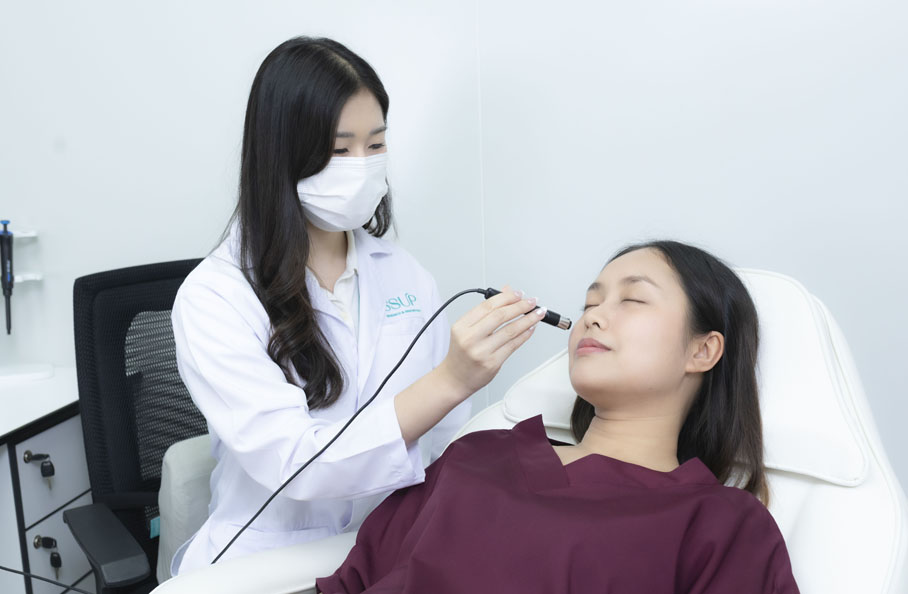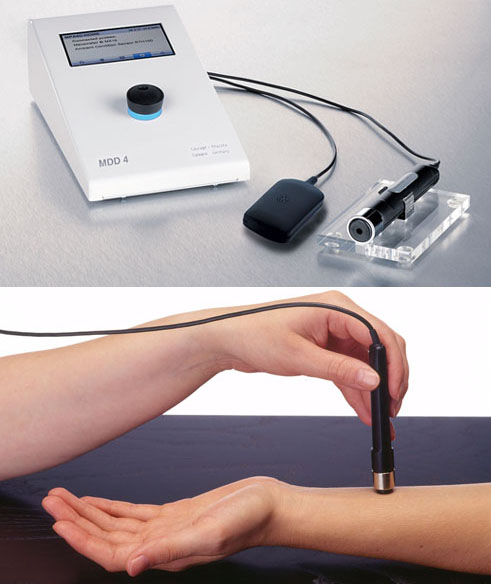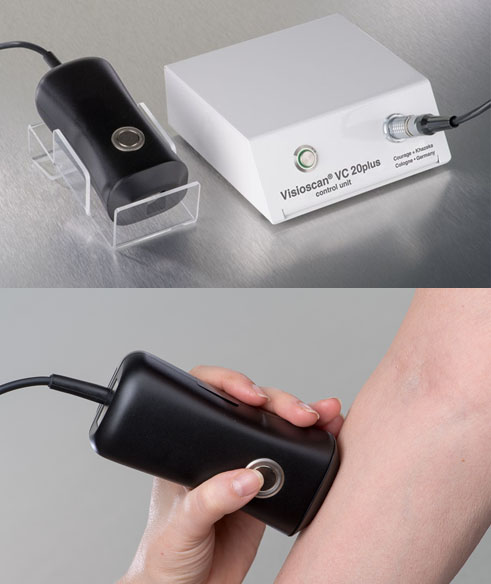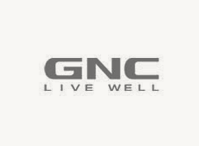The Science and Evaluation of Skin Moisture: Understanding Skin Moisturizing
Skin moisturizing is a crucial aspect of skincare, aimed at maintaining optimal hydration levels in the skin. Proper moisture balance is essential for skin health, appearance, and function. Understanding the science behind skin moisture, its layers, and how to evaluate moisture levels helps individuals achieve and maintain healthy, radiant skin.
The Skin Layers and Their Role in Moisture Retention
Epidermis: The Moisture Retention Layer
The epidermis, particularly its outermost section, the stratum corneum, is essential for moisture regulation. The stratum corneum consists of tightly packed dead skin cells (corneocytes) surrounded by lipids (fats), which form a protective layer. These lipids include ceramides, cholesterol, and fatty acids, all of which are crucial for trapping moisture within the skin and preventing water evaporation.
Dermis: Support for Hydration
The dermis, located beneath the epidermis, plays an indirect but important role in skin hydration. It contains blood vessels that provide nutrients and moisture to the epidermis. The dermis also houses hyaluronic acid, a powerful moisture-binding molecule that can hold many times its weight in water, contributing to overall skin hydration.
Hypodermis: Insulation and Support
The hypodermis, the deepest layer of the skin, consists mainly of fat cells that provide insulation and support to the skin. While it doesn’t directly affect moisture retention, it plays a role in the skin’s overall health and hydration by maintaining internal temperature and cushioning the body.

Tools for Evaluating Skin Moisturizer
Accurate evaluation of skin moisture levels is essential for determining skin health and the effectiveness of moisturizing products. Several advanced tools are used to measure hydration levels in the skin.
1. Corneometer: Measuring Skin Hydration Levels
The Corneometer is a non-invasive device specifically designed to assess skin hydration in the stratum corneum.
How It Works: It uses capacitance measurement to detect moisture levels in the outer layer of the skin. The Corneometer measures the skin's ability to store electrical charge, which varies with hydration levels.
2. Tewameter: Measuring Transepidermal Water Loss (TEWL)
The Tewameter assesses the amount of water that evaporates from the skin's surface, providing insights into skin barrier function and hydration status.
How It Works: The device measures the rate of transepidermal water loss by quantifying the amount of water vapor that escapes through the skin. A higher TEWL indicates compromised barrier function and potential dryness.
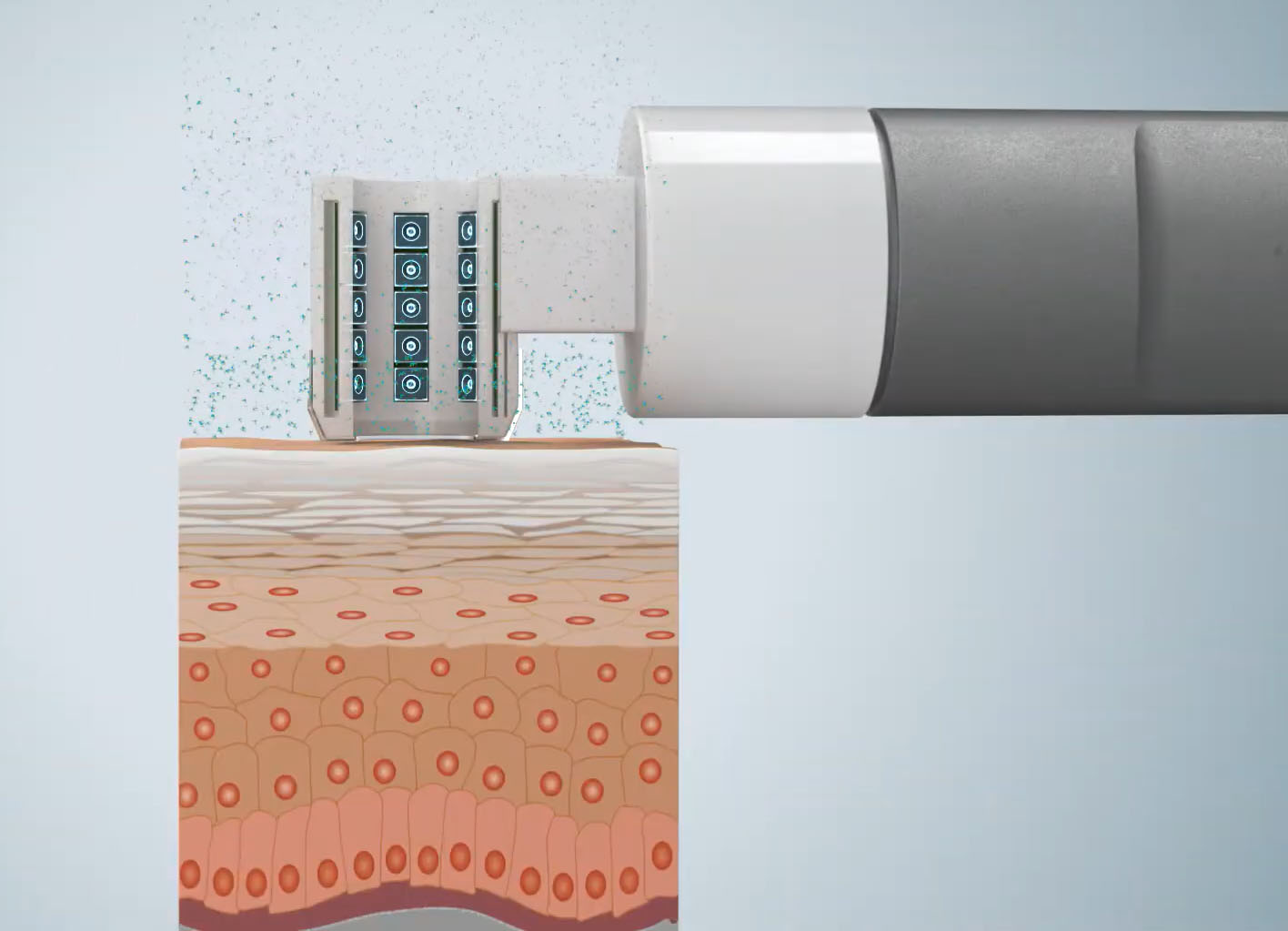
3. VISIOSCAN: Assessing Skin Surface Characteristics and Smoothness
The VISIOSCAN technique is another advanced tool used to evaluate skin hydration and surface texture, including skin smoothness.
How It Works: VISIOSCAN utilizes a combination of optical and digital imaging techniques to analyze the skin's surface. It provides quantitative data on skin roughness, smoothness, and moisture levels by measuring the light reflected from the skin's surface.


